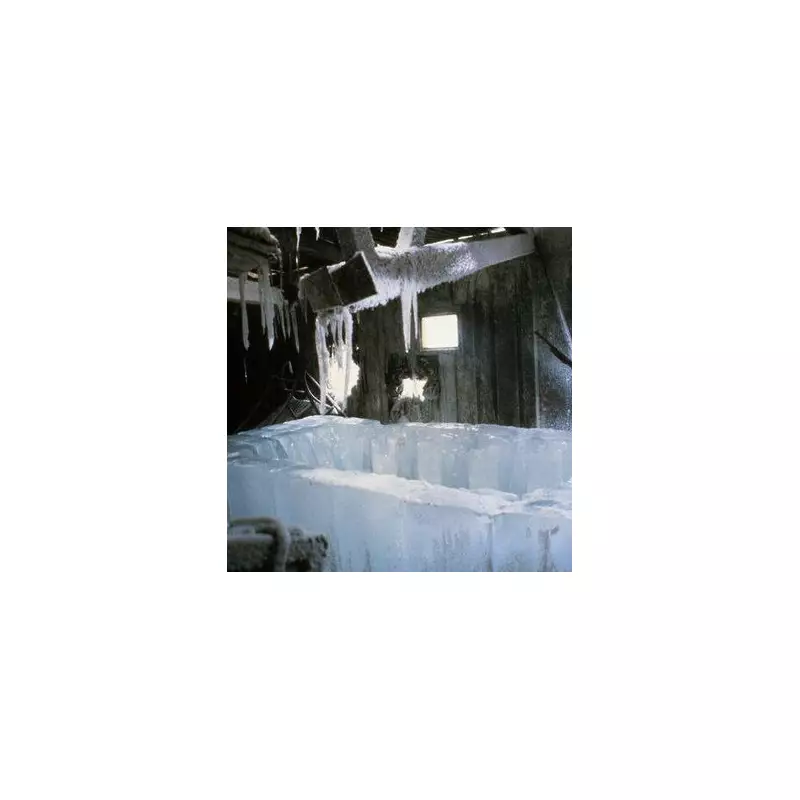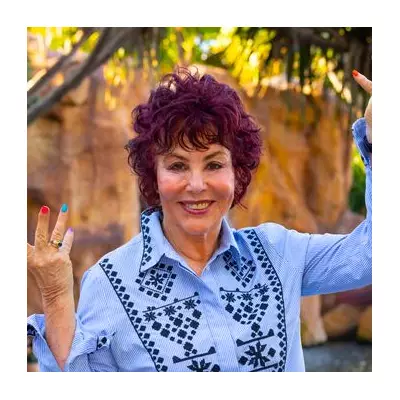
Half a century may have passed since The Exorcist first unleashed its demonic terror upon unsuspecting audiences, but William Friedkin's groundbreaking horror film continues to wield an unsettling power that modern cinema struggles to match.
A Legacy of Terror That Refuses to Die
Originally released in 1973, the film based on William Peter Blatty's novel has been hailed as "the scariest movie of all time" by critics and fans alike. What sets this cinematic nightmare apart isn't just its shocking content, but its masterful craftsmanship and psychological depth that linger long after the credits roll.
More Than Just Jump Scares
Unlike contemporary horror films that rely heavily on sudden frights, The Exorcist builds its terror through:
- Atmospheric dread that permeates every scene
- Psychological complexity exploring faith and doubt
- Groundbreaking practical effects that remain disturbing decades later
- Unforgettable performances, particularly from Linda Blair and Ellen Burstyn
Cultural Impact and Enduring Relevance
The film's initial release caused unprecedented public reactions, with reports of audience members fainting, vomiting, and requiring medical attention. This wasn't mere marketing hype – Friedkin had created something that tapped into primal fears about innocence corrupted and the battle between good and evil.
Today, as the film celebrates its 50th anniversary, new generations of horror enthusiasts continue to discover why this masterpiece remains the gold standard for supernatural terror. Its influence can be seen in countless subsequent horror films, yet none have quite captured the same potent blend of spiritual crisis and visceral horror.
Why It Still Haunts Us
The Exorcist works because it operates on multiple levels – as a straightforward horror story, as a meditation on faith in crisis, and as a tragic tale of a mother's desperate fight for her daughter's soul. This multi-layered approach ensures the film rewards repeated viewings, revealing new depths with each watch.
As streaming platforms introduce the classic to new audiences, its status as cinema's ultimate nightmare seems secure for another fifty years – proving that true horror isn't about what you see, but what you can't forget.





